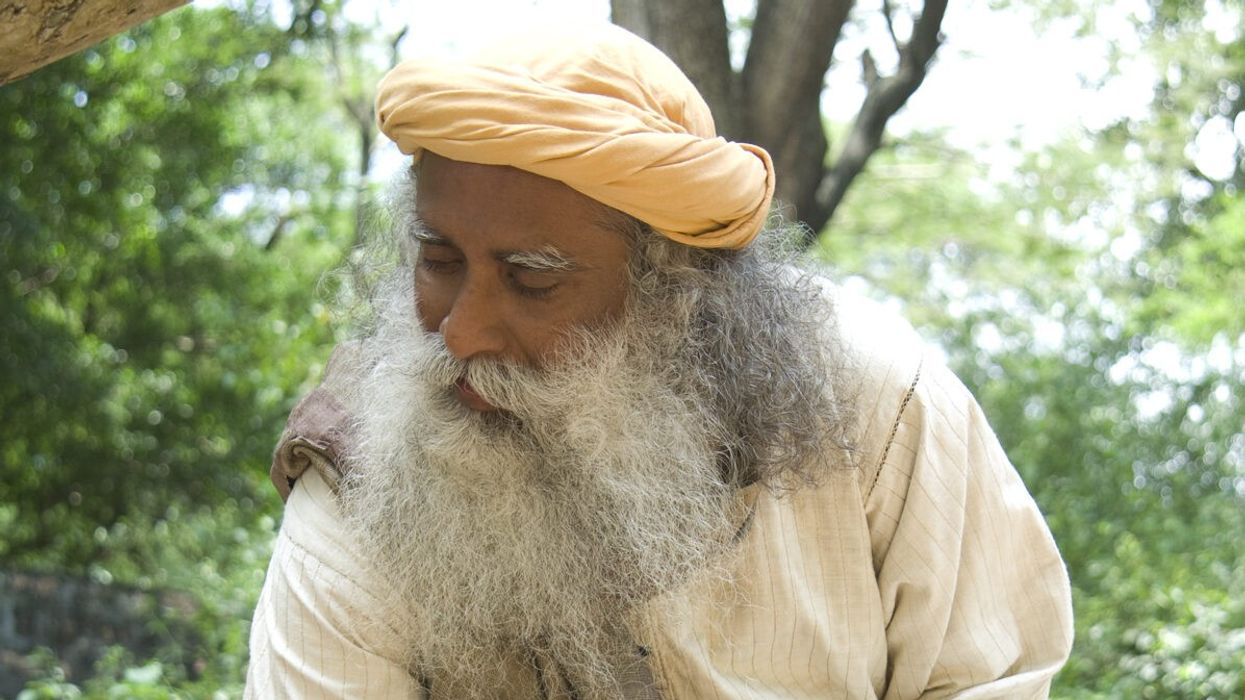SADHGURU: Intensity and relaxation are the most essential qualities for you to be perceptive.
Right now, most people are made like this: If I ask you to be intense, you become tense. If I ask you to relax, you become lax. In tension and laxity, your ability to perceive is greatly reduced. When you are tense, you don’t even see things right in front of you. It is the same when you are lax. But to be intense and relaxed is the way.
In yogic culture, the snake and particularly, the cobra, is a symbol of perception. It symbolises a certain level of perceptiveness or a certain ability to know has come into you. Snakes are super-sensitive creatures. They are the only ones drawn to meditativeness. This is why you see Shiva with a snake around his neck. This is why in every temple, in every calendar, wherever a yogi is sitting, there will be snakes around – because they are drawn to them. If you spend some time with a cobra, you will see it is always intense and relaxed. It may become a little tense when its life is threatened – you can allow that much for a reptile – but, otherwise, it is very intense and relaxed at the same time.
This is the quality of a yogi too – intense and relaxed. You have to work at it. Yogic practices – however simple they may look – are essentially about this. If you give yourself to it, what it is doing to you on one level is that the voltage of your energy is slowly being raised. At the same time, it is becoming more relaxed within you. If intensity and relaxation happen at the same time, you become perceptive.
Why is perception important? Only if your perception is enhanced, life is truly enhanced. Your ideas, opinions and beliefs are just your imagination.
Only what you perceive, you know. You should at least know when you are getting into trouble. Most people do not know even that. They think only life situations are trouble. Life situations are situations – some we know how to handle, some we don’t, some we handle well, some we handle in a ham-handed way. But if you do not know how to handle your own body and mind, you are in real trouble. But most people don’t get this.
Once, a missionary three centuries ago went to a remote part of Africa. He ended up surrounded by a very violent-looking cannibal tribe. He went down on his knees, looked up and said, “Dear God, I am in trouble.” Nothing happened. Then he said, “God, I came on your work and I am in real trouble. You are doing nothing.” Then God said, “No, you are not in trouble. Do one thing. Pick up that stone in front of you and smash the head of the cannibal chief.” The missionary picked up the stone, inspired by God’s words, and smashed the head of the cannibal chief. Then God said, “Okay, now you are in trouble.
” Whether something happened or did not happen in your life is not trouble. When you do not know what is happening within you, you are in real trouble – lifetimes of trouble.
Ranked among the 50 most influential people in India, Sadhguru is a yogi, mystic, visionary and a New York Times bestselling author. He was conferred the Padma Vibhushan by the Indian government in 2017, the highest annual civilian award, accorded for exceptional and distinguished service. He is also the founder of the world’s largest people’s movement, Conscious Planet – Save Soil, which has touched more than 3.9 billion people.












